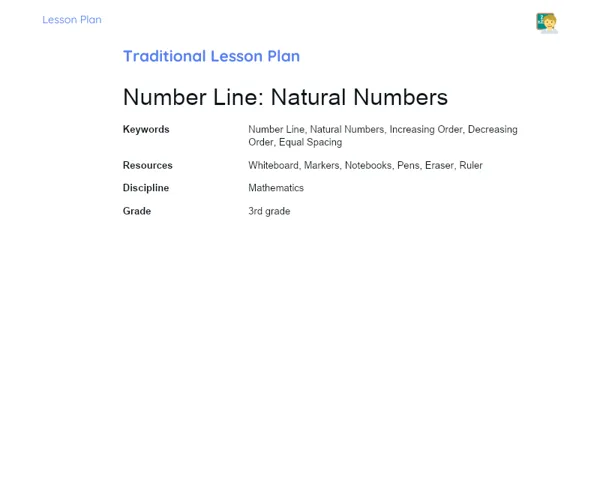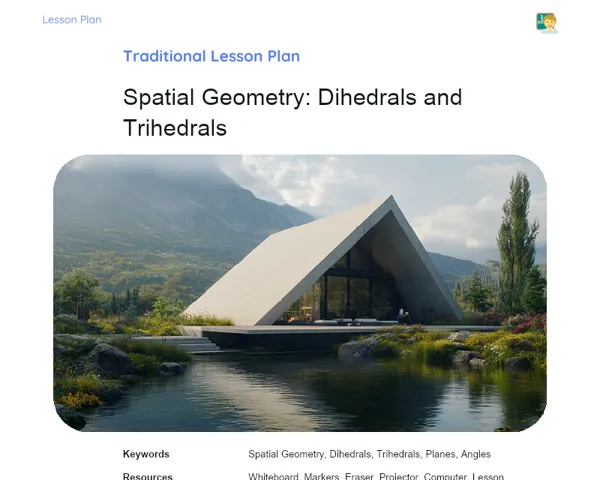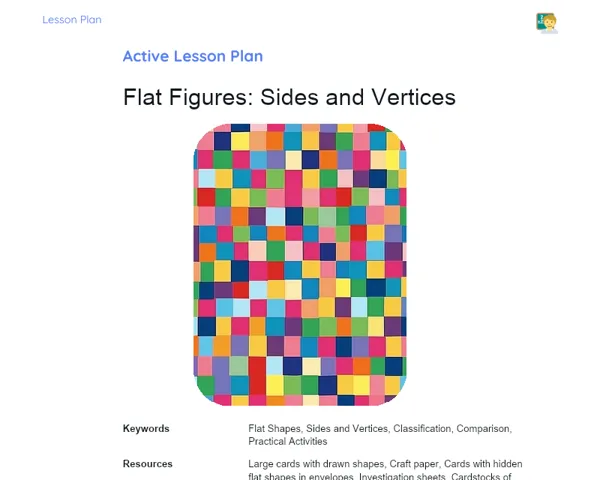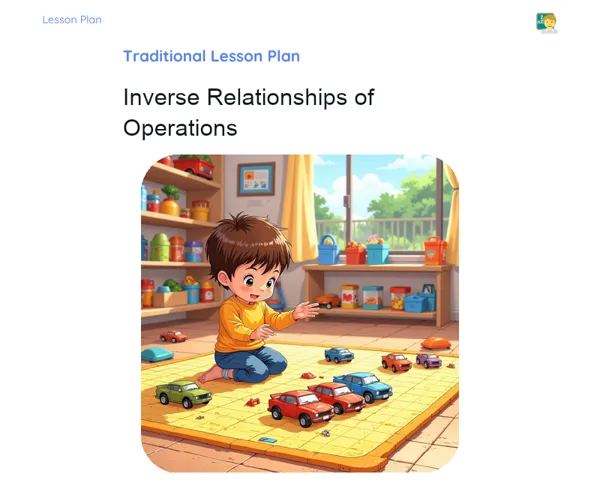Lesson Plan | Active Methodology | Scientific Notation
| Keywords | Scientific Notation, Practical Application, Number Conversion, Student Engagement, Group Work, Problem Solving, Contextualization, Mathematics, Astronomy, Physics |
| Necessary Materials | Data for calculations in scientific notation (distances, speeds, masses), Materials for constructing physical models (poster board, scissors, glue), Maps and clues for the treasure hunt, Computer or projector for slide presentations, Paper and pens for note-taking and calculations |
Premises: This Active Lesson Plan assumes: a 100-minute class duration, prior student study both with the Book and the beginning of Project development, and that only one activity (among the three suggested) will be chosen to be carried out during the class, as each activity is designed to take up a large part of the available time.
Objective
Duration: (5 - 7 minutes)
The Objectives section sets the learning goals for the lesson, focusing on specific skills students need to build. These goals guide the practical and theoretical activities undertaken in class, ensuring effective use of time and thorough coverage of scientific notation.
Objective Utama:
1. Empower learners to grasp the concept of scientific notation and its significance in both mathematics and scientific fields.
2. Enable learners to convert decimal numbers to scientific notation and vice versa, correctly applying exponents and mantissas.
Objective Tambahan:
- Enhance students' critical thinking and analytical abilities when working with and interpreting numbers in different formats.
Introduction
Duration: (15 - 20 minutes)
The Introduction phase aims to engage students and create a smooth transition from theoretical learning at home to practical application in the classroom. Problematic scenarios motivate students to think critically about the necessity and efficacy of scientific notation in real-life situations, paving the way for deeper understanding. This context connects the content being studied with real-world applications, increasing interest and relevance in the topic.
Problem-Based Situation
1. Imagine you're a scientist needing to calculate the distance to the Moon. The numbers are massive. How would you express them efficiently to help you and your colleagues communicate effectively?
2. Think about a physics challenge where you need to calculate the mass of a tiny celestial body. The numbers are very small. How would you represent these values in a clear and manageable way?
Contextualization
Scientific notation is vital in both science and maths, allowing us to represent extremely large or small numbers more compactly and readably. For instance, the diameter of the Earth is about 12,742 km, which can be expressed as 1.2742 x 10^4 km in scientific notation—saving space and simplifying calculations. This notation is particularly useful in fields such as astronomy, physics, and engineering, where numbers often vary enormously.
Development
Duration: (70 - 75 minutes)
The Development stage allows students to engage practically with the scientific notation concepts learned earlier. Through team activities, they can explore both real and fictional scenarios requiring scientific notation. This approach not only solidifies understanding but also encourages collaboration, critical thinking, and problem-solving in teams.
Activity Suggestions
It is recommended that only one of the suggested activities be carried out
Activity 1 - Space Mission: Launching with Scientific Notation
> Duration: (60 - 70 minutes)
- Objective: Apply scientific notation concepts to large-scale practical problems, enhancing both calculation and presentation skills.
- Description: In this activity, students work in teams of up to five as space engineers. Their task is to plan an interplanetary trip by calculating distances and travel times using scientific notation. They'll receive data such as distances between planets, travel speeds, and trip duration. Students must convert this data to scientific notation, perform calculations for speed and time, and present a detailed travel plan.
- Instructions:
-
Split the class into groups of up to five students.
-
Provide mission data (distances, speeds, etc.) and guidelines for converting numbers into scientific notation.
-
Guide learners to calculate travel times and prepare a presentation of their travel plan, using scientific notation for all figures.
-
Each group will present their plan, explaining their choices and calculations.
Activity 2 - Star Builders: Creating an Astronomical Model
> Duration: (60 - 70 minutes)
- Objective: Cultivate the ability to convert and manipulate numbers in scientific notation and apply these skills to build realistic physical models.
- Description: In this activity, students work in groups to use scientific notation to calculate and represent the size and mass of stars. They'll analyse real data from various star types, such as dwarfs, giants, and supergiants, and must perform calculations and comparisons. The final challenge is to create a scaled physical model of the stars using provided materials, with sizes and masses represented in scientific notation.
- Instructions:
-
Group students and distribute star data.
-
Guide them to convert their data to scientific notation and carry out calculations.
-
Provide resources like poster board, scissors, and glue for model-making.
-
Have each group present their model, discussing the characteristics of the stars they represented and the calculations involved.
Activity 3 - Mathematical Treasure Hunt
> Duration: (60 - 70 minutes)
- Objective: Reinforce the capability to convert between scientific and decimal notation in an engaging context that fosters teamwork and quick thinking.
- Description: In this fun treasure hunt, students look for clues leading to a 'mathematical treasure.' Each clue features a number in scientific notation that they must decode, convert to decimal form, and follow directives to find the next clue. The final treasure awaits—a solution to a math puzzle that can only be cracked using scientific notation.
- Instructions:
-
Prepare clues in advance, placing them in specific spots around the school.
-
Divide the class into groups and provide each group with a starting map for the hunt.
-
Guide students to convert numbers from their clues to decimal form, following instructions to uncover the next clue.
-
The first group to locate the 'treasure' and solve the final puzzle is the winner.
Feedback
Duration: (10 - 15 minutes)
This feedback phase aims to reinforce the knowledge acquired by students through the practical activities, allowing them to reflect on the application of scientific notation in diverse contexts and share their experiences and learnings. This discussion helps identify areas needing further attention, enabling students to see how their peers tackled the same problems, thus enriching collective learning.
Group Discussion
At the end of the activities, gather students for a group discussion. Begin with a brief introduction explaining the aim is to share what each group learned and any hurdles they faced. Motivate students to express their thoughts and attentively listen to their peers' insights. Use the suggested questions to steer the discussion and cover all relevant topics.
Key Questions
1. What were some of the biggest challenges you faced while working with scientific notation during the activities?
2. How can scientific notation support scientific and mathematical work in everyday life?
3. Was there a moment when scientific notation helped you grasp a concept or solve a complicated problem?
Conclusion
Duration: (5 - 10 minutes)
The Conclusion phase aims to consolidate understanding, ensuring students have internalised the key concepts of the lesson and recognised their applicability. It also seeks to reinforce the practical significance of scientific notation, equipping students to apply this knowledge in future situations. This recap helps solidify the content and relate it to the real world, enhancing the perception of the usefulness and relevance of their learning.
Summary
In this final phase, the teacher should summarise the key points covered about scientific notation, ensuring students can convert numbers between decimal form and scientific notation and vice versa. Highlight the strategies and methods used in the practical activities, emphasizing how these concepts apply in both real and hypothetical situations.
Theory Connection
Explain how today's lesson connected theory with practice, highlighting that scientific notation serves not just as a mathematical tool but as a crucial skill across various scientific disciplines. Showcase how activities like the Space Mission and the Mathematical Treasure Hunt illustrated the application of scientific notation in meaningful and enjoyable scenarios, reinforcing learning in a contextual manner.
Closing
Wrap up the lesson by stressing the importance of scientific notation in everyday life and in careers tied to science and technology. Emphasise how the ability to manage large and small numbers adeptly is essential not only for scientific calculations but also for daily tasks like financial dealings, engineering, and healthcare.



